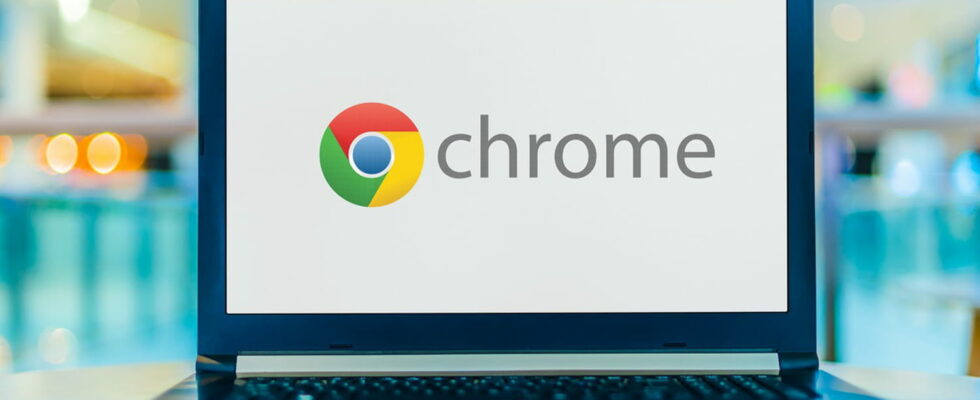In its latest update, Google Chrome integrates new tools allowing you to better control the use of resources and thus optimize its performance. This should make it less greedy and faster!
Google Chrome is known to be very resource intensive, which has a significant impact on the battery life of laptops. Especially since we tend to keep a multitude of tabs open, which consumes memory and can cause slowdowns. Also, the Internet giant has been making efforts to optimize the browser for some time. As announced in a blog post, the latest update introduces new tools to better manage Chrome’s performance. There are three memory management modes, an automatic performance detection module and new customization options for performance monitoring.
Google Chrome: better memory management
The Memory Saver tool, which speeds up the browser by freeing up memory from inactive tabs, now offers Moderate, Balanced, and Maximum modes. Moderate mode simply disables inactive tabs only if system needs require it, while Balanced mode skillfully juggles the user’s browsing habits with available resources to decide which tabs to disable. As for Maximum mode, it deactivates tabs when they stop being used more quickly than the other two modes. Something to delight laptop owners looking for autonomy! These three modes can be activated by accessing Chrome settings, in the “Performance” section.
Google is also introducing a new tool called Performance Detection, responsible for monitoring tabs that are too demanding. If there is a slowdown, the browser will display a notification titled “Performance Issue Alert” along with a “Fix Now” button to fix the problem. Obviously, it is possible to deactivate the function from the settings if you prefer to manage performance manually.
Finally, Google Chrome includes new customization options to control performance. It is now possible to specify websites for which Chrome should keep tabs active at all times. It is also possible to activate a visual indicator, via the “Appearance of inactive tabs” option, in order to visually identify inactive tabs, but also to have an overview of the memory consumption of each of them, and this, directly from the thumbnail displayed when hovering over the mouse. Practical !
